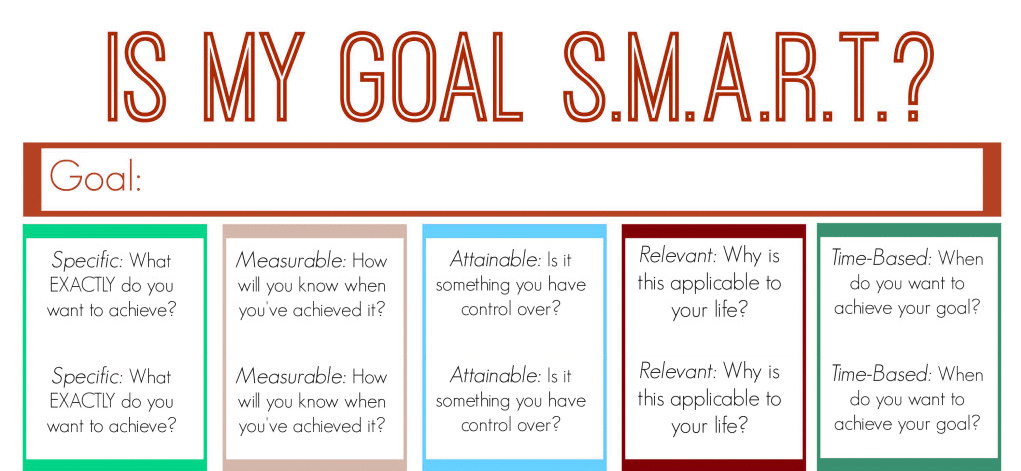I recently had the opportunity to participate in an ASAE Leadership Management Course. The primary takeaway from the course was the development of a personal leadership action plan.
It was bundled in an 8 step process and can help any manager become a better leader.

Step #1 Assess Leadership Skills
Leadership potential and performance is a combination of characteristics, events, and influences that contribute to one’s success as a leader. The following list of questions can be used to begin to evaluate your leadership skills. After you have reviewed the list, identify two strengths and two limitations you believe will contribute/hinder your leadership development.
Questions to consider:
- Do I relate well to others on an interpersonal basis?
- Do I clearly communicate my ideas?
- Do I consider others when making decisions?
- Do I accomplish the goals and objectives I’ve developed?
- Do I consider the interests and skills of others when assigning tasks?
- Do I think about the future optimistically?
Step #2 Articulate Leadership Vision
In order to grow as a leader, it is important to envision an idea that incorporates your values, describes a purpose, and inspires direction for those of whom you will lead. The following list will help you to translate your values, ideas, and purpose into your personal leadership vision.
Identify the following:
- My Values
- My Ideas
- My Purpose
- My Vision
Step #3 Arrive at Decisions
In order for leaders to most effectively facilitate decision making, there are a variety of techniques, habits, and processes that can be followed. In order to arrive at the best decision, many variables may come into play. Leaders who want to become even better decision-makers can practice the following principles to arrive at the best decision possible:
- Manage Emotions—Be sure and listen and don’t let emotions affect decision making
- Reduce Uncertainty—Limit options and don’t focus on unrelated factors
- Balance Data and Intuition—Use both methods in decision making
What will you do you minimize analysis paralysis?
Step #4 Practice Considerations
Research has shown there is an interest from all generations to want leaders who are participative, team-oriented, and humane. Because of such interest, it is important that leaders demonstrate their considerations by not only valuing others, but also by showing them they are valued in a variety of ways.
How do you value interpersonal considerations? Do you value input? How do you encourage collaboration? How will you improve in these areas?
Step #5 Define Leadership ACTION
Making an effort to become more self-aware and creating a Leadership ACTION Plan to guide your activities in various situations will help you to grow your experience and ultimately, your potential, influence, and performance as a leader. The following suggestions can help in the development of your Leadership Action Plan.
- Assess your leadership strengths, limitations, and areas for improvement.
- Compile a list of goals and the reasons why you would like to achieve them.
- Translate your vision into a course of action you intend to follow.
- Implement your action plan and ask for feedback.
- Observe your progress and change your course of action when needed.
- Narrow your list of goals to only those that are achievable and realistic.
Step #6 Compile List of Goals

To create an action road map, it is important to identify personal and professional goals and the ways in which they are to be achieved in order to accomplish your overall leadership vision. The action plan should describe the type of role you are looking to serve and the action steps that are necessary to achieving such a goal.
List 4 to 6 Goals
Step #7 Develop a Leadership Action Plan
Becoming a true leader involves a process of introspection, identification, planning, and implementation. To continue to build upon your leadership foundation and the competencies already identified within your leadership assessment and vision, the following questions can further assist in the development of a leadership action plan.
Think about the following:
- Make sure you have “SMART” goals
- What are actions needed?
- What resources will you need?
- What is the timeline?
Step #8: Complete Leadership Action Plan
Complete the final plan by finalizing your Vision and filling in the following chart:
My Vision:





